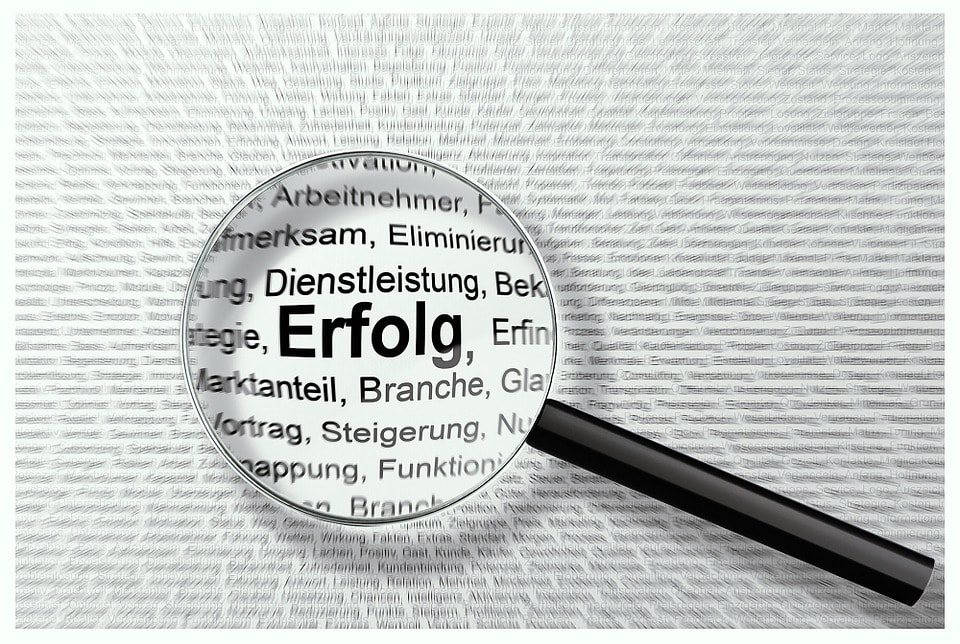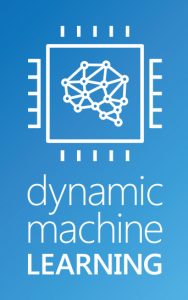AI Language Translation: How to Train Your Machine Translation Engine
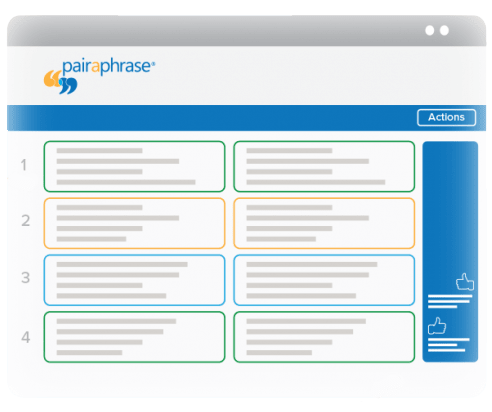
AI language translation has become increasingly popular, especially as AI is now one of the hottest topics of conversation in the tech world and beyond.
Historically speaking, organizations have heavily relied on human translators to perform high-quality translations for them. Once the world experienced the emergence of internet-based machine translation in the early 2000’s, many organizations (not all) became too dependent on machine translation engines. This oftentimes meant translation quality was sacrificed in the name of time and cost savings.
For years, machine translation has operated in a silo. Until recently.
The Intersection of AI & Language Translation
Enterprises that are increasingly focused on their bottom line seek cost and time savings by way of artificial intelligence, as our society gradually becomes more and more dependent on AI. Language translation is no exception.
The intersection of machine learning and language translation is helping businesses and other organizations across the world access to new audiences, facilitating international growth more efficiently than ever before possible.
Now, you too can put artificial intelligence to work for your business to streamline your translation production, in effect maximizing your time and money. We’re about to tell you how.
How to Use Dynamic Machine Learning to Save Time & Money
In order to reap the benefits of artificial intelligence used in language translation, you must first understand how machine translation software uses machine learning.
You can’t assume that every translation system is using machine learning, so we’ll use our platform, Pairaphrase, as an example.
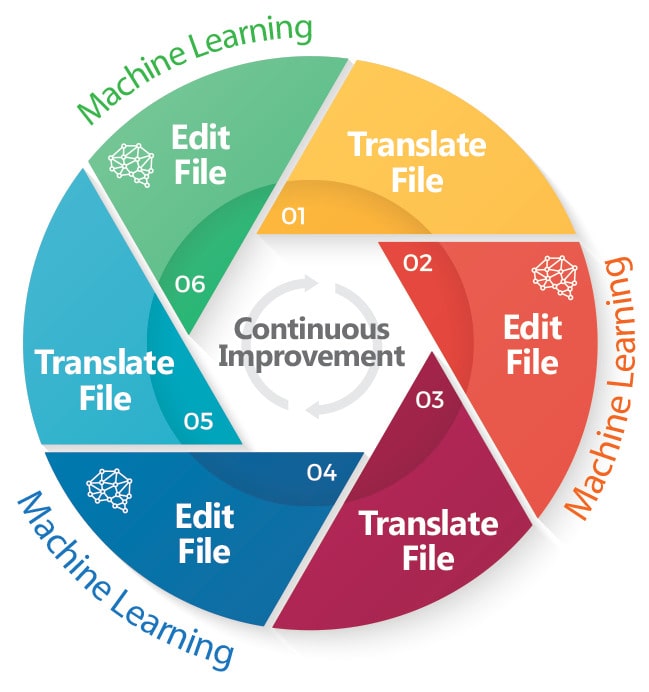
How Pairaphrase Uses Dynamic Machine Learning
Many machine translation engines are based on frameworks such as Microsoft and Google, but not all of them have been integrated into a platform that allows for machine learning.
For example, as of today’s date you cannot train the Google Translate app to learn your company’s words and phrases to improve your translation output quality over time. In contrast, the Pairaphrase application puts machine learning to use in a dynamic way.
As machine learning requires some form of user input, Pairaphrase requires humans to intervene after translation has been predominantly performed by a machine translation engine. After producing a first draft translation by way of machine translation and Translation Memory (will get to this momentarily), the user trains Pairaphrase to learn its words and phrases by making edits.
Pairaphrase facilitates this by dividing a “first draft” translated file up into segments presented in a Translation Editor tool within the interface.
The user or a bilingual colleague can then make edits to the “first draft” translated file by segment. The system automatically searches for matches of the just-edited segment and will apply that edit dynamically, across the whole file.

The edits are then stored for future automatic use and machine learning in a bilingual repository called a user’s Translation Memories.
As a user makes more edits over time, they are increasing training their machine translation engine. This results in more expansive Translation Memories, and the application increasingly learns the phrases and words the user and its organization uses in their files.
These are auto-populated for future translations in the “first draft” process, during which the machine translation engine pulls existing translation memories into the file where appropriate. As time moves on, there is increasingly less human interference required to produce human-quality translations.
How to Train Your Machine Translation Engine: Step-By-Step
Now that you know the logic behind Dynamic Machine Learning, we’ll show you a step-by-step video to follow so you can learn how to train your machine translation engine using Pairaphrase.
Cheat Sheet for Improving Machine Translation Quality
The cheat sheet in How to Improve Machine Translation Quality teaches you how to improve your machine translation quality by tweaking the way you write your source files.
This will help minimize how much time you need to spend training the machine translation engine in the first place, because the writing style will be better understood by a machine translation engine.
How to Use as Little Human Involvement as Possible in Language Translation
If you have an existing Translation Memory, you can upload this as soon as you start using Pairaphrase. The application acts as an AI translator to jumpstart your team’s productivity and translation quality. You can also develop a term base glossary and import it.
Pairaphrase also allows you to translate with Amazon Web Services (AWS) translation engine. It enables you to create custom translations on the fly using Amazon’s artificial neural networks and deep learning system (AI translation), which gets you as close to human-quality translation as possible. However, you will need to dedicate a little more time upfront by creating machine translation optimized glossaries.
Experience AI Language Translation First-Hand
Schedule a Pairaphrase demo or share this article with a colleague.
Related: OpenAI Language Translation: Pros & Cons for Enterprises
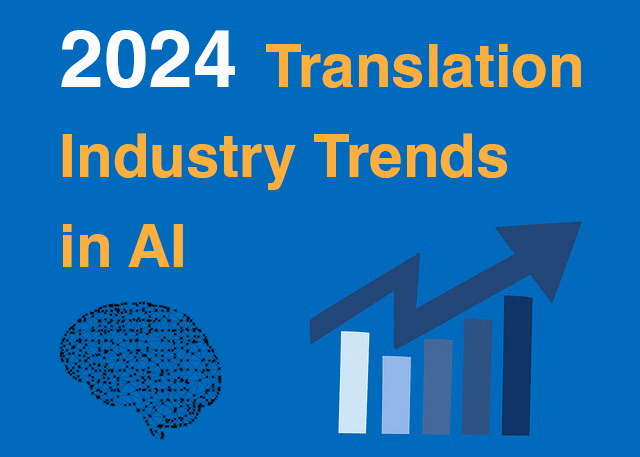
10 AI Translation Industry Trends in 2024
Explore 2024 translation industry trends! Learn about 10 AI translation industry trends 2024 will bring, according to our predictions.
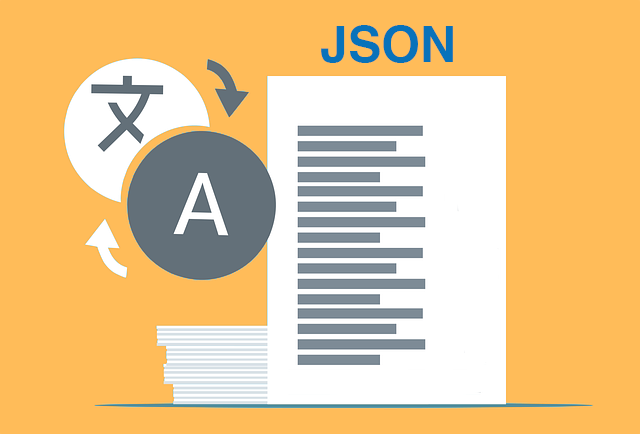
How to Translate JSON Files Online Effectively [2024]
Want to translate JSON files? Learn why Pairaphrase is the best way to auto-translate JSON files online.

How to Translate HTML Files to Another Language [2024]
Want to translate HTML files to another language? Learn why Pairaphrase is the best way to translate HTML files.
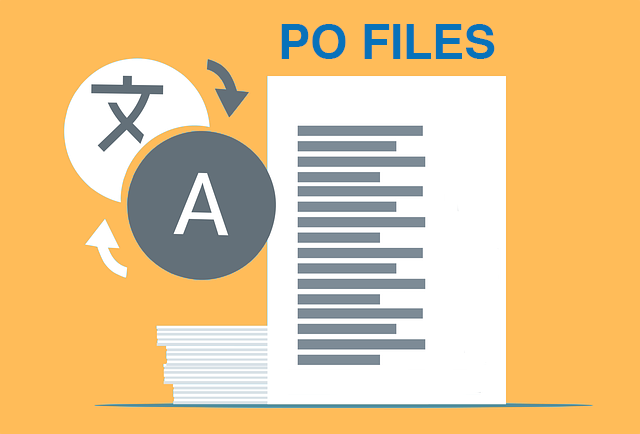
How to Translate PO Files Online [2024]
Need to translate PO files online? Learn why Pairaphrase is the best way to translate PO files.
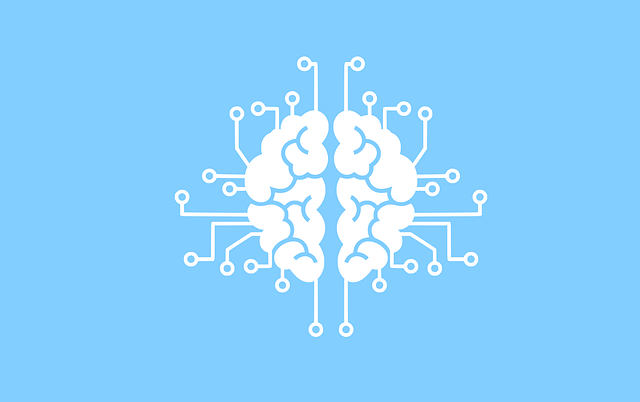
Best AI Translation Software for Enterprises [2024]
Need the best AI translation software for enterprise use? Learn the top 10 reasons your organization should use Pairaphrase.

OpenAI Language Translation: Pros & Cons for Enterprises
Exploring OpenAI language translation capabilities? In this article, discover the pros & cons of OpenAI translation for enterprise use.

File Translation 101: Your Guide to the Basics
Learn all about file translation in this 2023 guide to gain an understanding of the different kinds of file translation services & formats.

Best Way to Translate Elucidat Course Content
Learn how Pairaphrase makes Elucidat course translation reusable, secure, fast and easy.

5 Tips for eLearning Localization in 2024
Need to localize eLearning content? Familiarize yourself with these 5 eLearning localization tips for effective multilingual training.

How to Translate a Text File Online [2024]
Want to translate a text file? Learn why Pairaphrase is the best way to translate a text file for your organization.

Best DocTranslator Alternative (2024)
Want a secure enterprise alternative to DocTranslator? Learn why Pairaphrase is the best DocTranslator alternative for enterprises here »
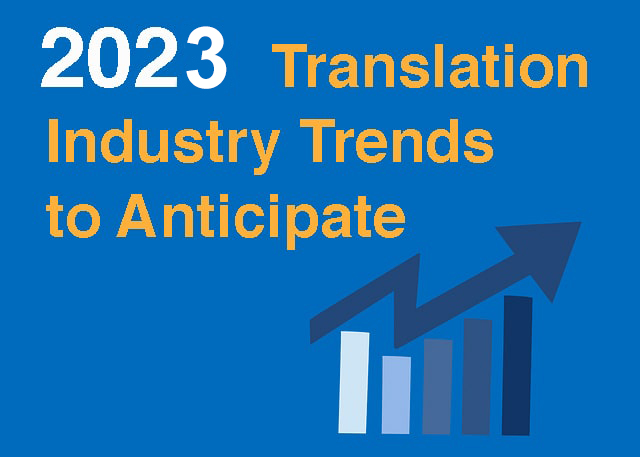
Top 8 Translation Industry Trends (2023 Outlook)
Explore 2023 translation industry trends! Learn about 8 translation industry trends 2023 will bring, according to our predictions »
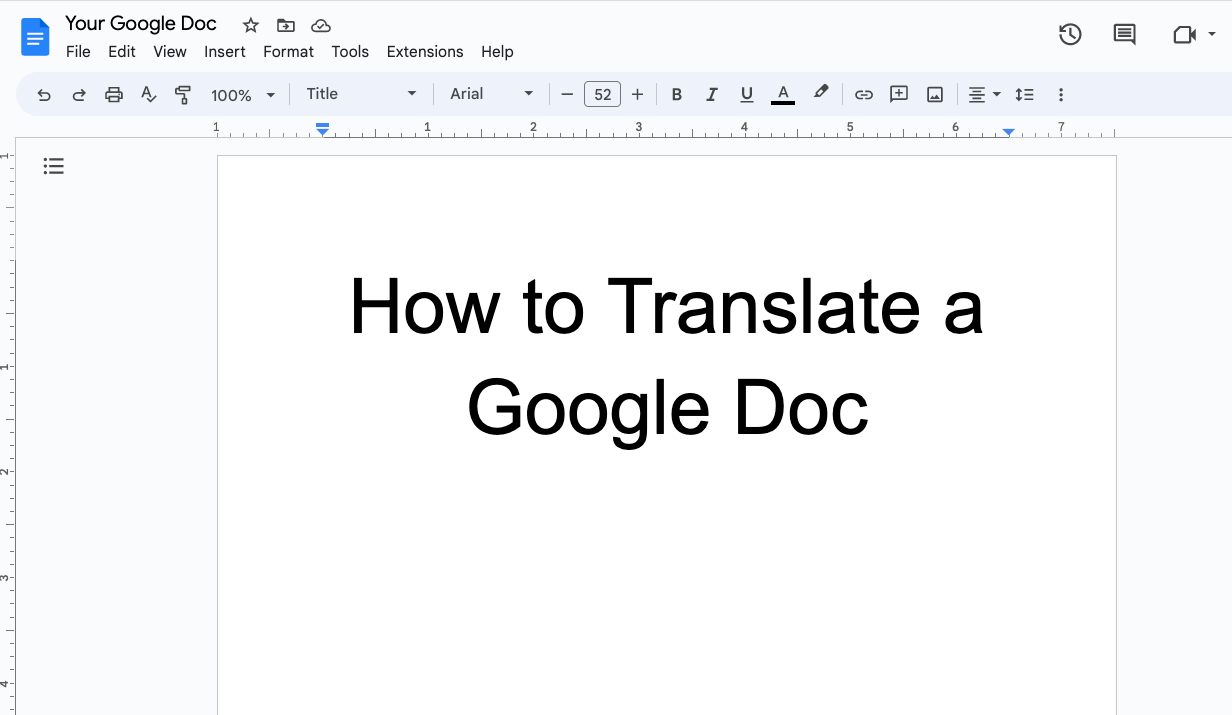
How to Translate a Google Doc Most Efficiently [2024]
Want to translate Google Doc text? Learn why you should use Pairaphrase as your Google Docs translator.

Best English to Polish Document Translation Software [2024]
Looking for English to Polish translation software, but not sure what features you need? Access this buying guide.

Translation Services 101: Your Guide to the Basics
Need translation services? First, learn the basics! This way, you can make an informed decision. Explore this guide to translation services.

Best Redokun Alternative for Enterprises (2024)
Want a secure enterprise alternative to Redokun? Learn why Pairaphrase is the best Redokun alternative for enterprises here »
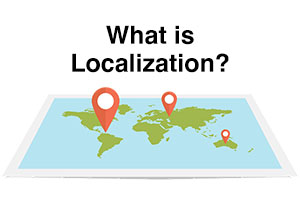
Localization 101: Your Guide to the Basics
Curious about localization? Learn about localization vs translation, what it is, how it works, benefits & more in this guide to the basics!

Best Memsource Alternative for Enterprises (2024)
Want a secure enterprise alternative to Memsource? Learn why Pairaphrase is the best Memsource alternative for enterprises here »
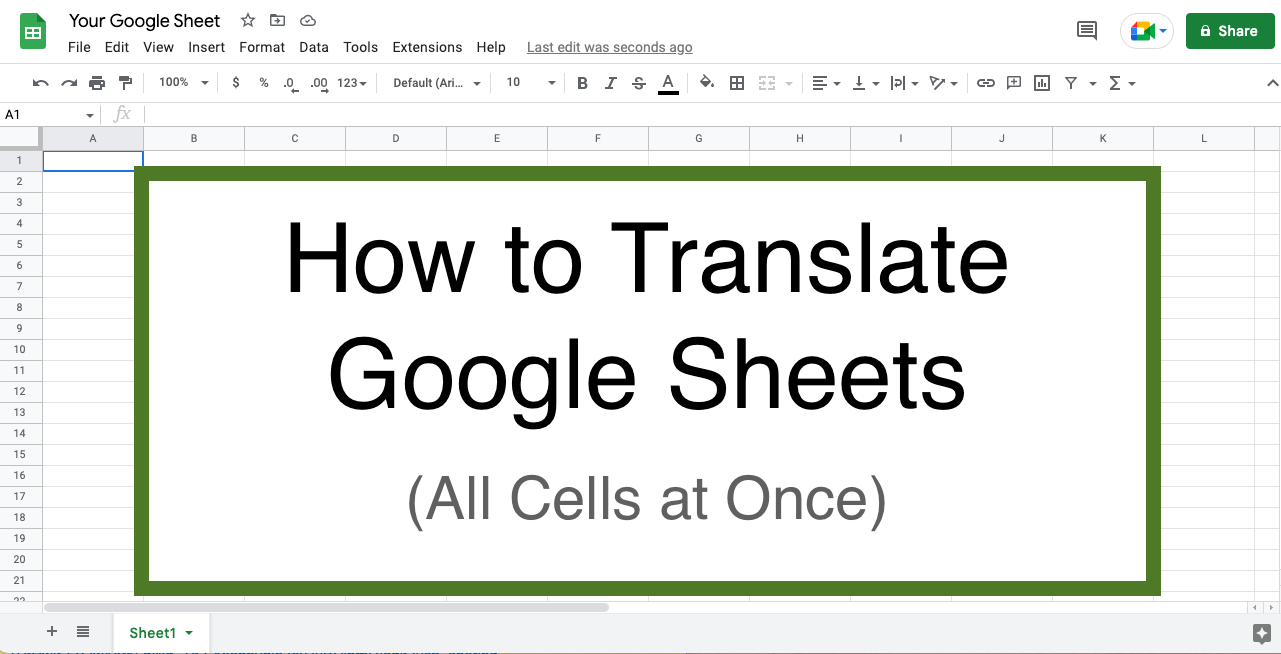
How to Translate Entire Google Sheets (All Cells) [2024]
Want to translate entire Google Sheets? Learn why you should use Pairaphrase as your Google Sheets translator.
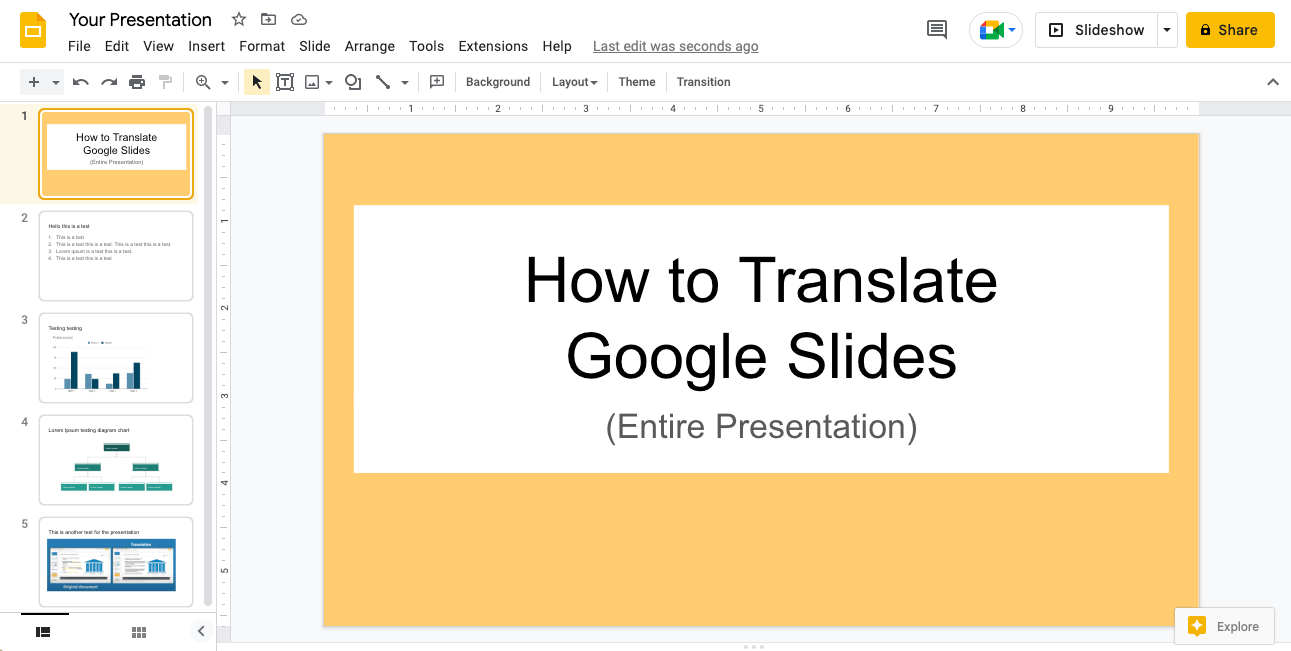
How to Translate Entire Google Slides Presentation [2024]
Want to translate Google Slides presentation text, notes & charts? Learn why you should use Pairaphrase as your Google Slides translator.
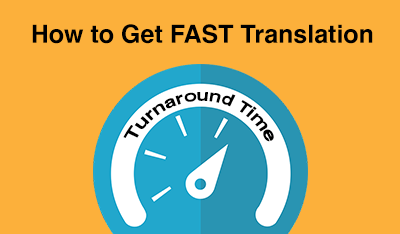
Fast Turnaround Translation: How to Get it
While fast translation turnaround and linguistic quality is a delicate balance, this post will tell you how to best use Pairaphrase to get fast translations.
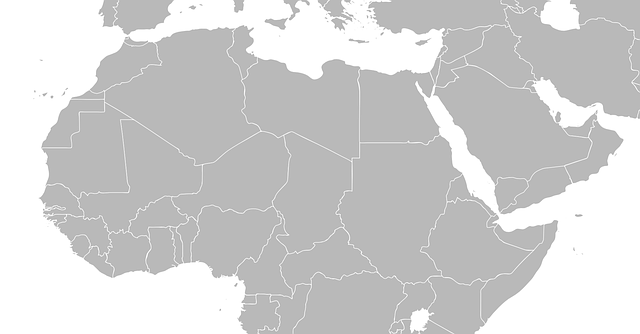
Best English to Arabic Document Translation Software (2024)
Looking for English to Arabic translation software, but not sure what features you need? Access this buying guide.
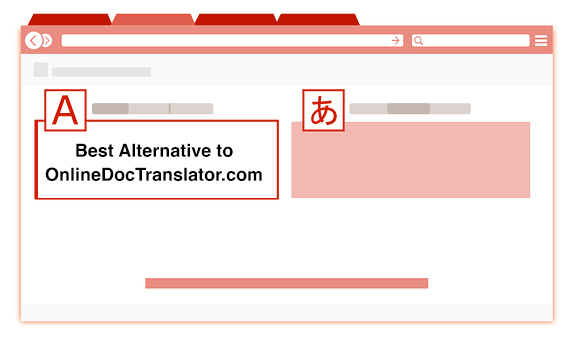
Best OnlineDocTranslator.com Alternative (2024)
Considering an alternative to OnlineDocTranslator.com? Explore why Pairaphrase is the best OnlineDocTranslator.com alternative for enterprises.

How to Translate an IEP Document [2024]
Need to translate an IEP document? Learn how to translate IEP documents in the most efficient and secure way possible.

Machine Translation (MT): Your Guide to the Basics [2024]
Curious about Machine Translation (MT)? Learn about machine translation, how it works, benefits of machine translation & more.
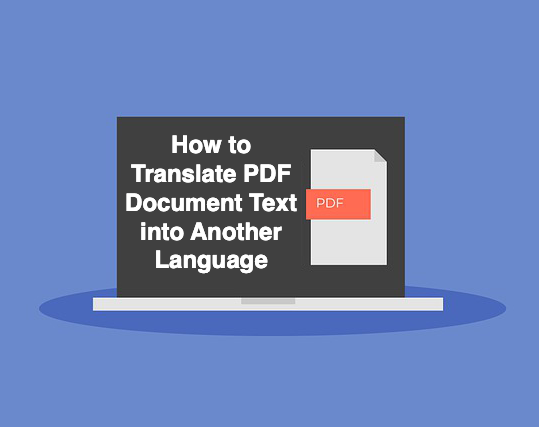
How to Translate PDF Document Text to Another Language (2024)
Learn common issues involved with translating PDF documents and discover why Pairaphrase is the best PDF document translator.

How to Translate XML Files Online (2024)
Need to translate XML files online? Learn about the best features to use when translating XML files.

Best English to Italian Document Translation Software (2024)
Want the best English to Italian document translation software for business? Read about the 10 best English-Italian translator app features.

Terminology Management in Translation: Essential Guide [2024]
Learn all about terminology management in this comprehensive guide.

Smartling Alternative for Enterprises in 2024
Want a Smartling alternative? Explore 10 possible reasons you need one, and why Pairaphrase might be your best alternative.
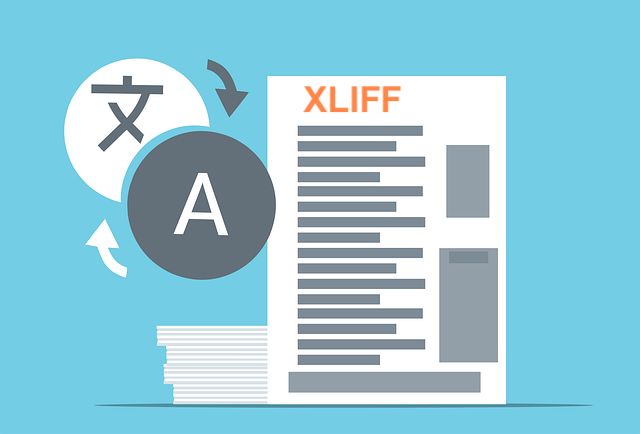
How to Translate XLIFF Files Online Successfully (2024)
Need to translate XLIFF files online? Learn why Pairaphrase is the best way to translate an XLIFF file.

Best Japanese to English Document Translation Software (2024)
Looking for Japanese to English translation software, but not sure what features you need? Access this buying guide.

How to Translate SRT Files Effectively [2024]
Learn how to translate SRT files in 2022! Explore the reasons Pairaphrase is the best way to translate an SRT file effectively.

Best English to Japanese Document Translation Software (2024)
Looking for English to Japanese translation software, but not sure what features you need? Access this buying guide.

Brochure Translation Software Features to Look for
Need brochure translation? Look for these 10 top brochure translator features (before you buy).

Best Way to Translate Articulate Course Files
Need to translate Articulate course files? Learn why Pairaphrase is the best way to translate Articulate files (XLIFF 2.0).

Best Way to Translate Multiple Files Simultaneously Online
Need to translate multiple files simultaneously online? Learn why Pairaphrase is best for batch translation.
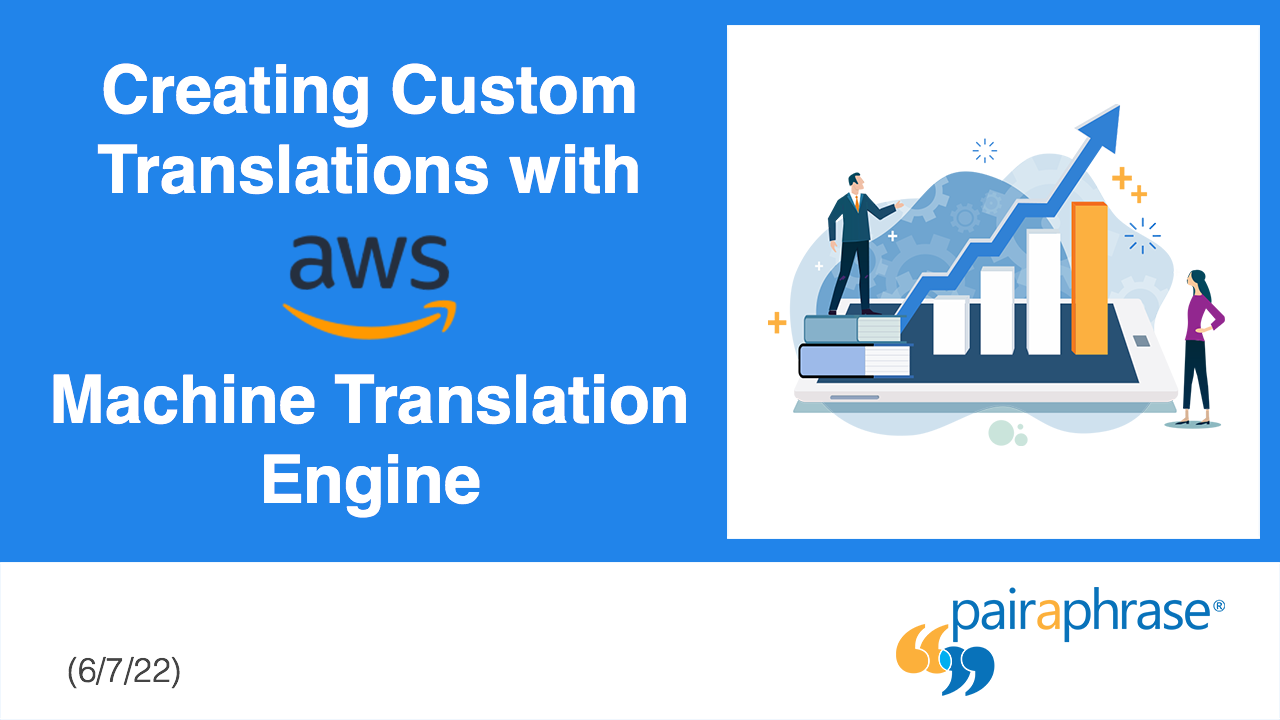
Using Pairaphrase Translation Software with Amazon Translate
Curious about translating with Amazon Translate (AWS)? Learn about using Amazon’s machine translation engine with Pairaphrase.

Best English to Hindi Document Translation Software (2024)
Looking for English to Hindi translation software, but not sure what features you need? Access this buying guide.

How to Translate Large Files with Ease [2024]
Need to translate large files? Learn about the best tools to use when translating large PDF’s, documents & more (10MB+).

Catalog Translation Software Features to Look for
Need catalog translation? Look for these 10 top catalog translator features (before you buy).

Best English to Vietnamese Document Translation Software (2024)
Looking for English to Vietnamese translation software, but not sure what features you need? Access this buying guide.

How to Create Effective Termbase Glossaries for Machine Translation
Need to create a termbase glossary? Get our top 5 tips for creating effective termbase glossaries for machine translation.

Best English to Korean Document Translation Software (2024)
Looking for English to Korean translation software, but not sure what features you need? Access this buying guide.

Best DeepL Alternative for Enterprise Teams (2024)
Explore various DeepL drawbacks and user-specific needs you might identify with. This way, you can conclude whether alternatives to DeepL could fill these gaps.

Most Accurate Translator: How to Get it
While a 100% accurate translator does not yet exist, this post will tell you how to get the most accurate translator tailored to your company’s words and phrases.
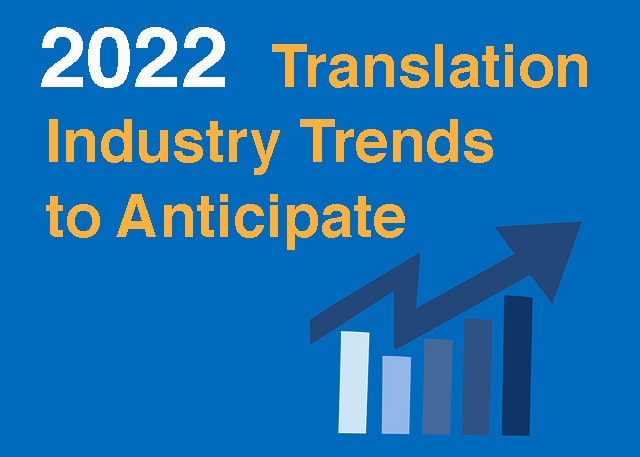
Top 10 Translation Industry Trends in 2022
Explore 2022 translation industry trends! Learn about 10 translation industry trends 2022 will bring, according to our predictions »
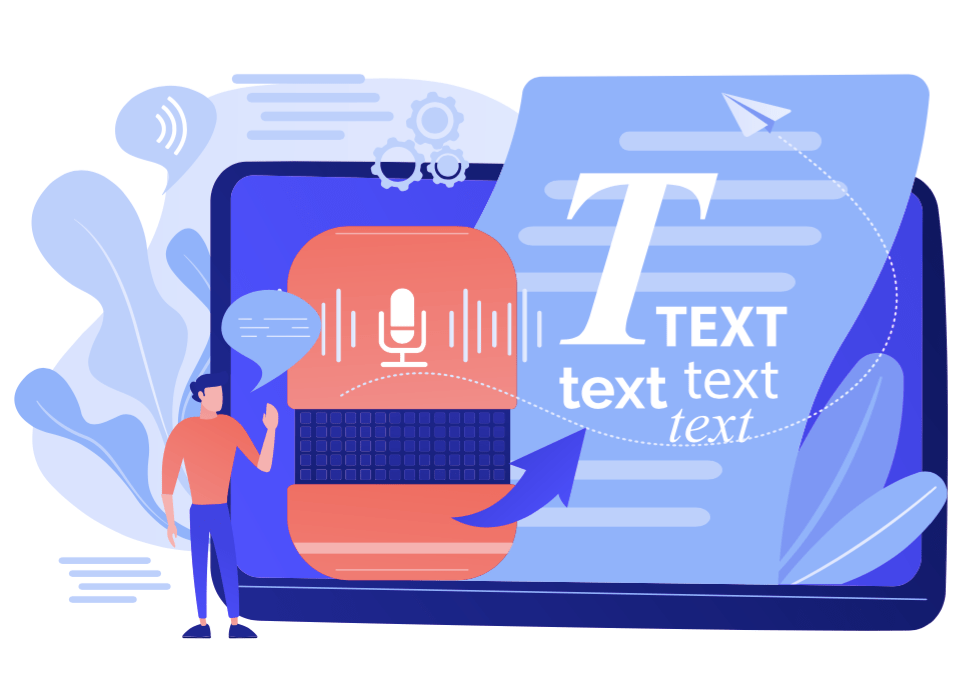
Secure Transcription Software That Translates Languages
Need secure transcription software that translates languages? Learn what features to look for and how Pairaphrase will benefit you.

Best English to Portuguese Document Translation Software (2024)
Looking for English to Portuguese translation software, but not sure what features you need? Access this buying guide.
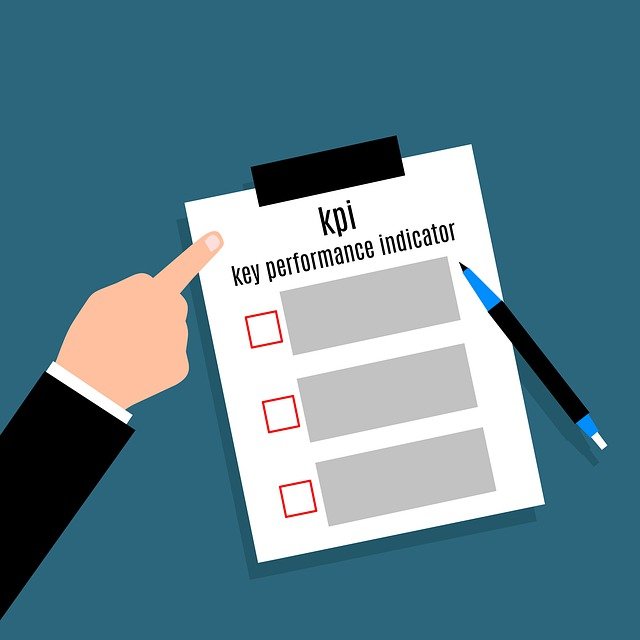
Translation KPIs for Translation Management Success
Establishing translation KPIs (Key Performance Indicators)? Here are the 5 Most Important KPIs for translation management success.


